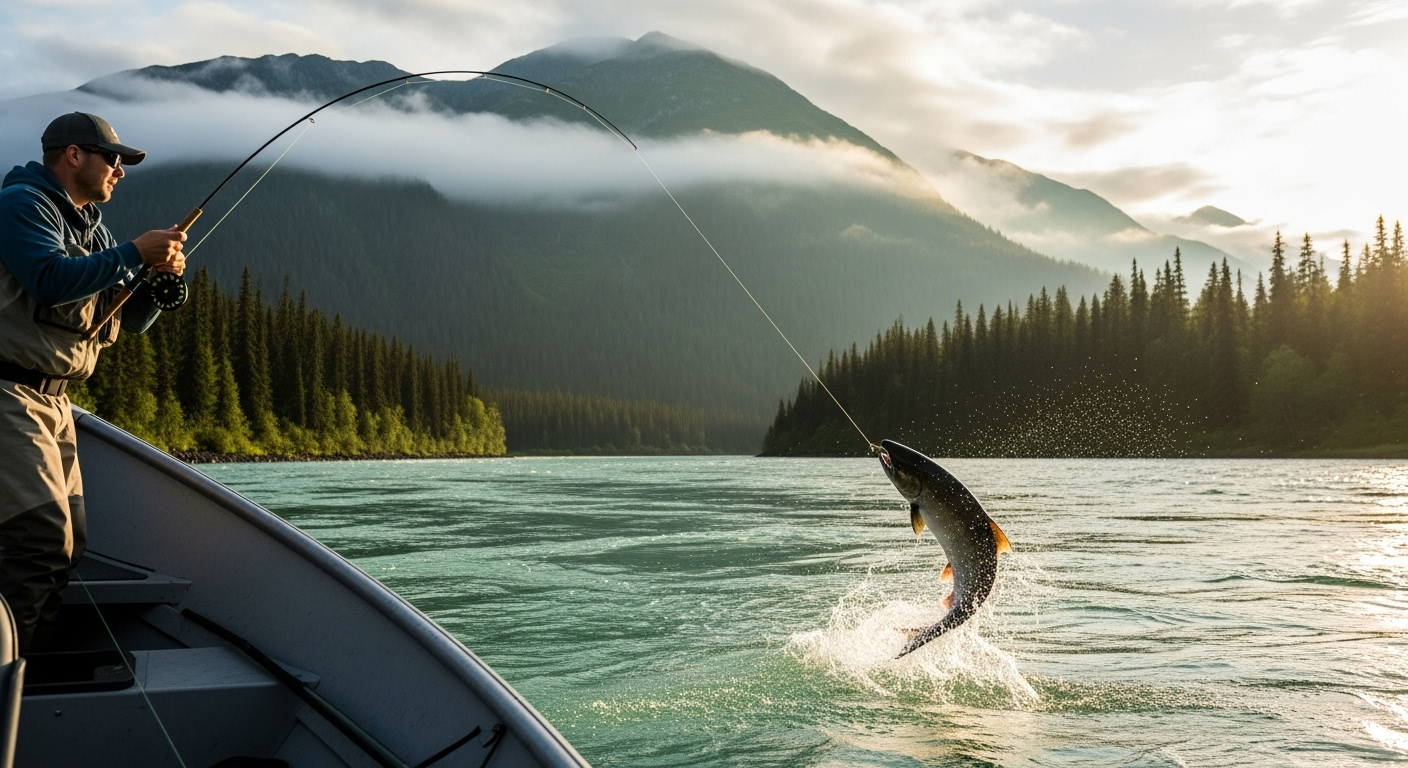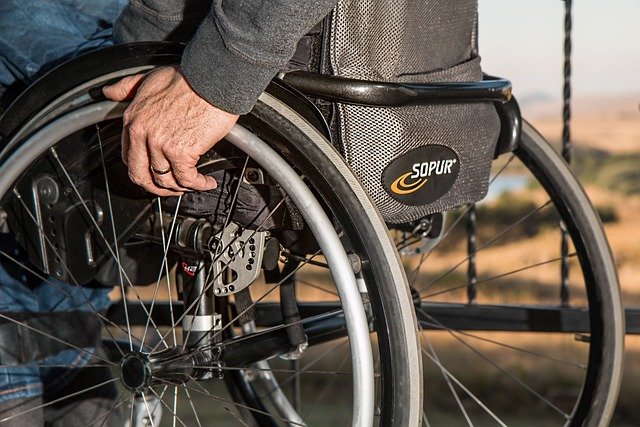Best Fishing Pontoon Boats: A Practical Guide to Choosing, Outfitting, and Maintaining Your Ideal Fishing Pontoon
Fishing pontoons combine stable platforms with flexible layouts, making them a practical choice for anglers who also value comfort. This guide breaks down how to choose the right configuration, what features matter on the water, which add-ons improve your results, and how to plan for upkeep and total ownership costs over time.

Fishing pontoon boats offer a blend of stability, space, and easy handling that suits a wide range of conditions, from small lakes to sheltered coastal waters. Selecting the right setup involves more than picking a length and engine; deck layout, livewells, electronics, storage, weight management, and safety all shape day‑to‑day performance. This guide focuses on practical decisions that help you configure, outfit, and maintain a pontoon that suits your fishing style.
Fishing features: layout, livewells, rod storage
A fishing‑focused layout keeps the deck open where you cast and move. Forward and aft casting decks with pedestal seats minimize clutter, while wide side gates make netting fish and loading gear easier. Look for nonslip vinyl flooring that cleans quickly, and consider split or fold‑down seating to free space when actively fishing. Livewells should be sized for the species you target, with reliable aeration, insulated lids, and easy‑to‑reach controls. Pump‑out or recirculation modes help in warm climates. Rod storage can be horizontal (under‑seat racks) or vertical (rocket launchers on rails); ensure tip protection, straps, and drainage to avoid corrosion and broken guides. Integrated tackle drawers and a ruler board near the livewell streamline baiting and measuring.
Hull design and performance: stability, handling, power
Standard twin tubes provide excellent initial stability for families and relaxed trolling. If you run in choppy water or carry larger crews, tritoons (three tubes) with lifting strakes and underskinning improve lift, tracking, and spray management. Bigger tube diameters (for example, 25–27 inches) increase buoyancy, which helps maintain deck height when loaded with anglers and coolers. Match horsepower to your usage: 50–75 HP is sufficient for small lakes and slow trolling; 90–150 HP supports heavier loads and moderate cruising; 200+ HP on performance tritoons suits long runs and faster waters. Proper propeller pitch and material (aluminum vs. stainless) can fine‑tune hole shot and fuel economy. Balanced loading—fuel, batteries, coolers—preserves trim and keeps the boat level when drifting or spot‑locking.
Essential electronics and fishing accessories
A clear, sunlight‑readable fish finder with CHIRP is a baseline; side imaging helps locate structure along weedlines, while down imaging clarifies fish tight to bottom. Networkable units let you share waypoints between bow and helm. Bow‑mounted trolling motors with GPS anchoring (often called spot‑lock) transform boat control for casting to precise targets. Plan battery capacity for your motor: 12V systems suit light duty, 24–36V for wind, current, or full‑day use. Add an onboard smart charger sized to your bank. Consider NMEA 2000 or brand‑specific networking for engine data, fuel flow, and mapping. In tidal or windy areas, shallow‑water anchors complement a trolling motor. Round out the package with rail‑mount rod holders, a measuring board, landing net storage, and a compact tool kit for on‑water fixes.
Comfort, capacity, and storage solutions
Comfort influences how long you fish. Look for supportive helm seats with adjustable bolsters, ergonomic throttle placement, and clear sight lines over the bow. A sturdy Bimini or double‑Bimini expands shade coverage, while vinyl flooring and self‑bailing compartments speed cleanup. Under‑seat storage is plentiful on pontoons; use labeled bins for terminal tackle, rain gear, and safety items to prevent chasing loose items under way. Dedicated cooler space and a small galley module can support family days without crowding fishing zones. Check the capacity plate and plan your typical crew weight with fuel, water, batteries, and gear; staying within limits preserves performance and safety. If you beach or trailer often, add bow protection and guide‑on posts to protect fencing and tubes.
Buying, maintenance, safety, and budget
When shopping new, compare deck materials (marine‑grade plywood vs. aluminum), fence construction, and hardware corrosion resistance. For used boats, inspect tubes for dents, pitting, or repairs, and check the deck for soft spots. Review engine hours, compression (via a technician), and service records. Routine maintenance includes engine oil and gear lube changes, water pump service, spark plugs, and fuel‑system care. On the pontoon side, rinse after salt or brackish use, inspect anodes, and keep drain plugs clear; periodic polishing or ceramic coatings make cleanup easier. Safety gear should match your waters: life jackets for all, throwable flotation, horn/whistle, visual distress signals where required, anchor and rode, and a properly rated fire extinguisher. Budget beyond the sticker price for insurance, taxes/registration, trailer, storage or mooring, electronics, and recurring maintenance. See cost ranges below for context.
Real‑world costs and model comparisons
Actual prices vary by region, engine selection, and packages. The ranges below reflect typical starting or well‑equipped pricing for fishing‑oriented pontoon models and can shift with currency changes, supply, and seasonal incentives.
| Product/Service | Provider | Cost Estimation |
|---|---|---|
| Bass Buggy 16 XL | SUN TRACKER | $18,000–$24,000 (base with 40–60 HP) |
| Mirage 8520 Fish | Sylvan | $28,000–$45,000 (typical build) |
| EX 20 Fish | Starcraft | $30,000–$45,000 (typical build) |
| Cruiser 210 Fish | Harris | $35,000–$55,000+ (engine/package dependent) |
| 20 SF (S Series) | Bennington | $38,000–$60,000+ (options vary widely) |
| SF 212 | Lowe Boats | $32,000–$48,000+ (engine/package dependent) |
Prices, rates, or cost estimates mentioned in this article are based on the latest available information but may change over time. Independent research is advised before making financial decisions.
Conclusion Selecting a fishing pontoon is about aligning layout, hull configuration, and power with how and where you fish, then layering electronics and storage that streamline your routine. With thoughtful maintenance and a realistic budget for ownership, a well‑equipped pontoon can deliver stable, comfortable days on the water for years while supporting both serious angling and relaxed family time.




